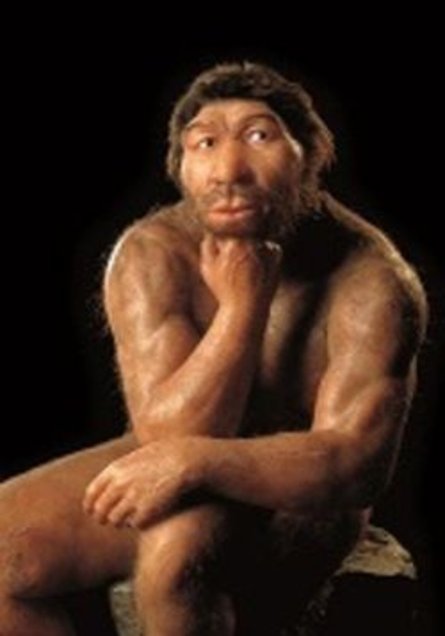The permanent exhibition of the State Museum of Prehistory
Astonishing discoveries, touching fates of individuals, and thrilling stories of bygone generations: in the permanent exhibition of the State Museum you will experience the prehistory and early history of Saxony-Anhalt in impressive stagings and installations. Major archaeological finds, including the original Nebra Sky Disc, take you through seven sections of human history from the Stone Age to the Migration period. In addition to the unique presentation of the objects, the monumental architecture of the neoclassical museum building makes for a visit of special experience. Take time to feel the impact of our exhibition and travel into the past on extraordinary ways.
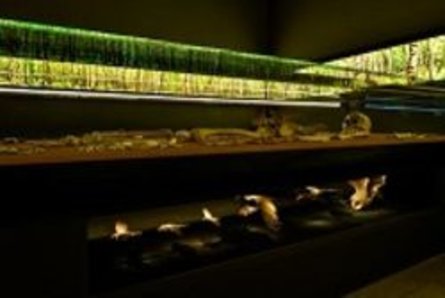
Human Succession
(Upper Palaeolithic to Mesolithic)
The emergence of homo sapiens in central Europe marks the second section of the permanent exhibition. Learn about our direct ancestors not only as hunters and gatherers, but also as artists, shamans, and inventors.
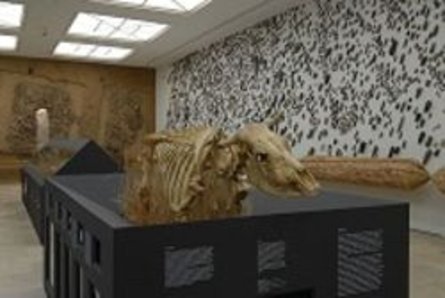
Living Changes
(Early to Middle Neolithic)
The third subject area confronts you with the most momentous upheaval in human culture: the renunciation of mobile life as a hunter-gatherer in favour of a sedentary lifestyle based on agriculture and animal husbandry, a cultural change that ultimately shapes our modern day thinking and actions.
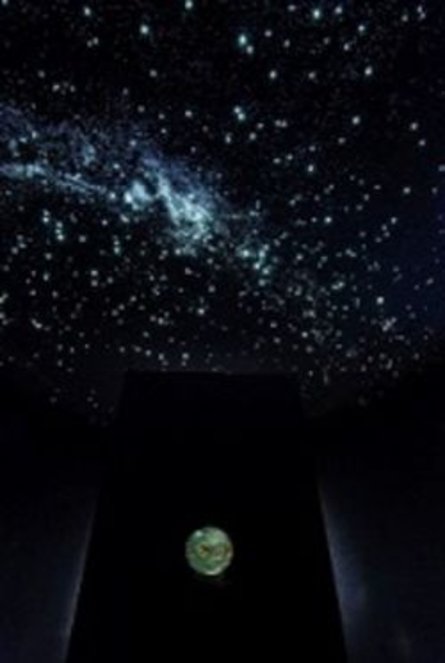
Passion for Bronze
(Late Neolithic to Early Bronze Age)
New and sought-after materials are encountered in the fourth theme area of the permanent exhibition. Copper, bronze, and gold set the entire ancient European world in motion. Extensive exchange networks formed the basis for a social upheaval which becomes perceptible through unique objects, including the Nebra Sky Disc.
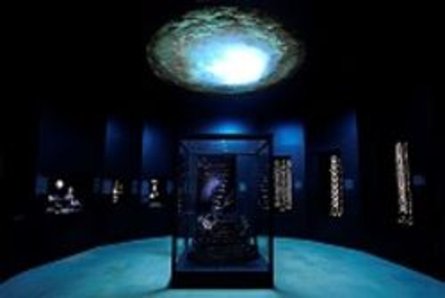
Born in Embers
(Middle Bronze Age to pre-Roman Iron Age)
The transformative power of fire determines the cultural-historical developments in the fifth exhibition area. Whether in salt production, in metallurgy, in religious rites or in funerary practices, fire, more than ever before, played a key role in the economic and religious life of the inhabitants of Middle Germany.
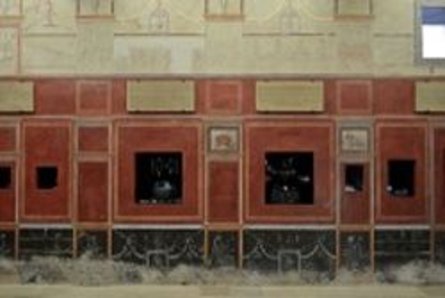
The Invention of the Germani
(Early Roman Empire)
Designed in the form of a Roman study, this section of the permanent exhibition addresses the momentous collision of two completely different civilisations: the advanced Roman civilisation encounters the Germanic world.
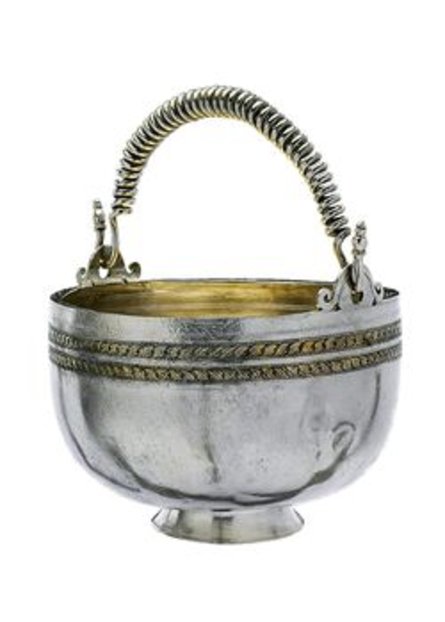
Barbarian Potency
(Late Antiquity to Migration period)
The exhibition space is modelled on a Germanic assembly hall. In the epoch of Late Antiquity and the Migration period, the Romans withdrew from the areas beyond the Rhine and Danube. Germani advanced. For the visitors this is visualised in the form of an artificially designed breach in a wall. The main attractions in the exhibition are the chieftain’s tomb of Gommern and four aristocratic burials from Leuna.
